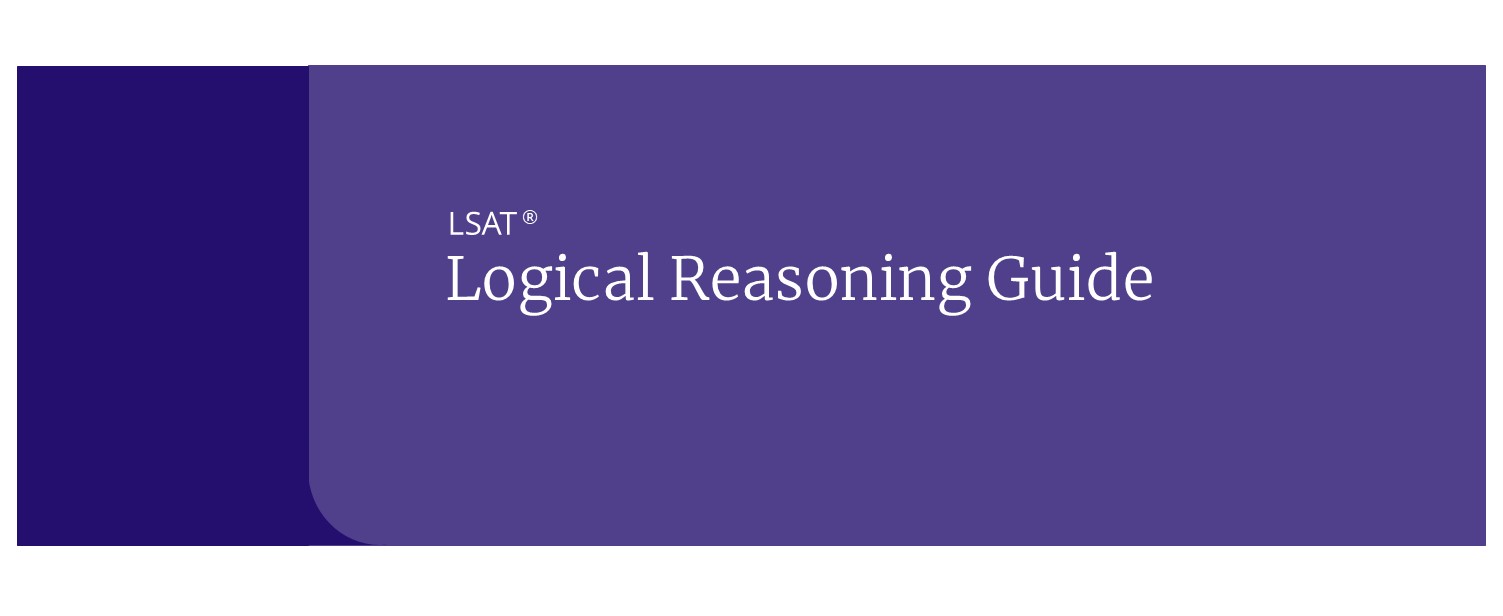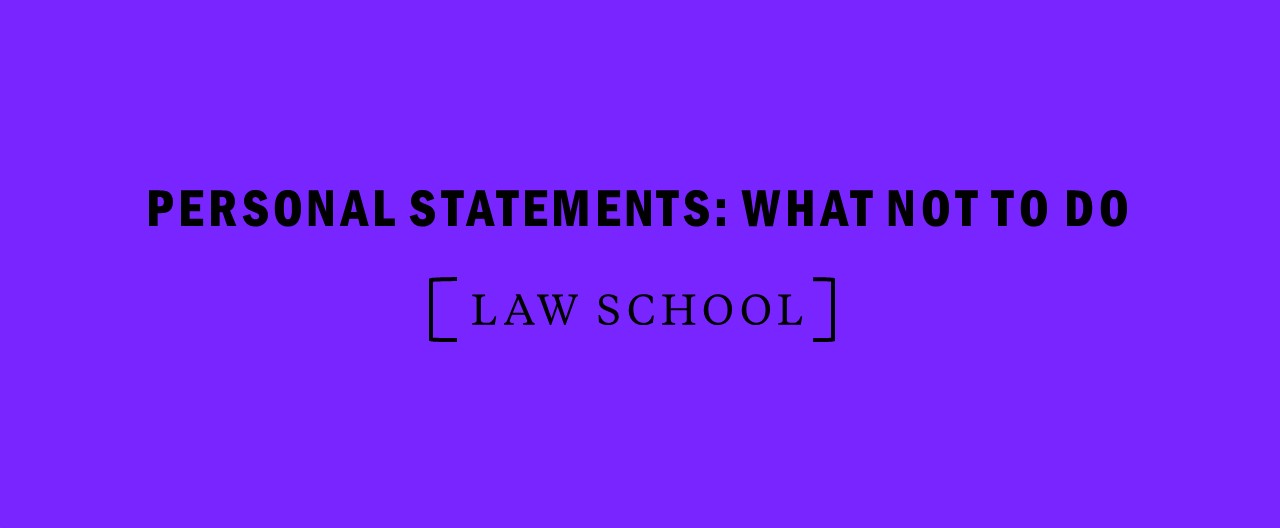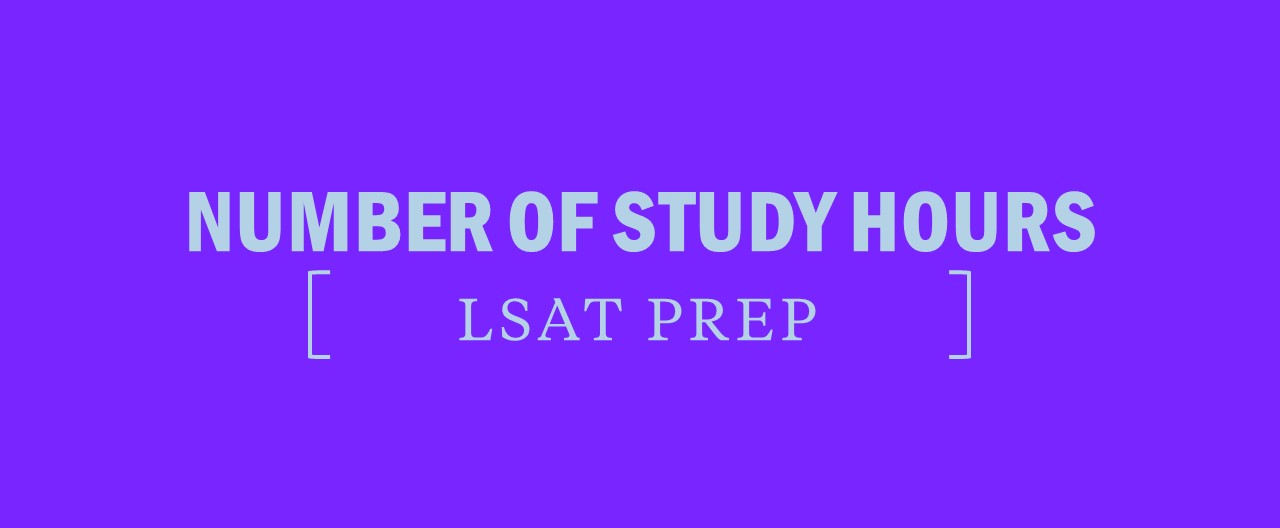LSAT Logic Games: Process and Mapping Games
On the 2016 September and December administrations of the LSAT, test takers faced the unexpected: a very rare Process Game appeared in the scored Logic Games section. Along with Mapping Games, Process Games have been an extremely rare Logic Game type that was more prevalent in pre-2000 LSATs. What better way to stress you out than to throw at you what seems to be something you haven’t prepared for?
You are prepared—more so than you may realize. Process and Mapping Games are somewhat more time-consuming variations on the predominant Logic Game type on the LSAT: Sequencing Games. Thus, Processing and Mapping Games are susceptible to the same strategies and methods that you use to conquer Sequencing Games (both Strict and Loose) that make up more than 50 percent of the Logic Games on Test Day.
What are Process Games?
On the September 2016 LSAT, a Process Game involving the tracking of how a virus spread from one networked computer to another created a contagious panic among unsavvy test takers. The key rule/limitation was that any given computer could spread the virus to a maximum of two other computers on the network.
December 2016’s LSAT offered a Hybrid Process-Matching Game in which three real estate companies owned some variation of Class 1, Class 2, and Class 3 properties. In addition to this Matching element, the Logic Game introduced a Processing complication: a Class 1 property could be traded for exactly two Class 2 properties, and a Class 2 property could be traded for exactly two Class 3 properties. Adding insult to injury, the game imposed no limit on the number of trades.
What are Mapping Games?
Mapping Games have been even rarer. In 2014, for the first time in more than a decade, a Mapping Game made an appearance on the LSAT. Before that instance, Mapping Games were nonetheless a rare phenomenon even on LSATs in the 1990s.
In one particular Mapping Game of yore, test takers had to plot the route of stations in a circular subway plan, including an “express” route or two whereby a subway line could cross the circle.
Sequencing Strategy
However, just as with any portion of the LSAT that might make you feel like you’re out of your element, you should treat Mapping and Process Logic Games the same way you would a Reading Comprehension passage on subject matter totally outside of your experience:
- Pause and take a cleansing breath,
- Search for familiar patterns endemic to any game type, and
- Resort to the tried-and-true techniques that enable you to dominate other LGs.
Strategy Tip
Use familiar LSAT sequencing methods to overcome your seeming unfamiliarity with Process and Mapping Games.
Befuddled by the seemingly unfamiliar? You’re already adept at Sequencing strategies, and Process and Mapping Games are just as susceptible to those Sequencing techniques that you already wield with confidence:
- Sequencing Games are about what entities go before/after others. In any process, some steps need to happen before others (even if one or two of those steps can occur simultaneously). After all, you’ve dealt with Loose Sequencing Games that don’t make clear which entities can go first/last or whether a tie is possible between two or more entities.
- When in doubt, draw it out in sequencing terms. In the case of the computer virus game described above, some computers have to get the virus before they transmit it to others. You just aren’t sure which computers spread it to more than one other computer and which computer(s) got infected in the first place. As you do in a Sequencing Game, let the rules and your deductions empower you to sketch the transmission of the virus.
- Mapping Games similarly fall prey to Sequencing techniques. In the subway game above, a passenger has to get to one station before arriving at another, even in the case of those wildcard express trains. Track the route via a circular Loose Sequencing sketch.
Go Non-Linear
Process and Mapping Games tend to defy linear plotting, as most Strict and Loose Sequencing Games do. In the subway Mapping Game, the master sketch is a loop. Similarly, in both the computer and real estate Process Games, the “forking” defies a tidy linear progress.
So, buck that trend, and go non-linear. Dare to draw your subway sketch in a circle. Pay attention to the fact that some of the real estate companies have only Class 1 properties and will have to make at least two trades to obtain Class 3 properties. Then, take note of exactly how many Class 2 and Class 3 properties exist in the first place. Limited supply may correspondingly limit the trades that the companies can make.
The LSAT is all about pattern recognition and translation skills. Don’t let the seeming strangeness of a Logic Game type convince you that you are helpless. Instead, resort to the patterns that have already led you to Sequencing success and dare to translate what might look like unfamiliar terms and rules into restrictions with which you’re amply familiar. Remember: even though you’ve never tried a case in a particular courtroom, it doesn’t mean that the physical environment has changed the familiar patterns of the law.




